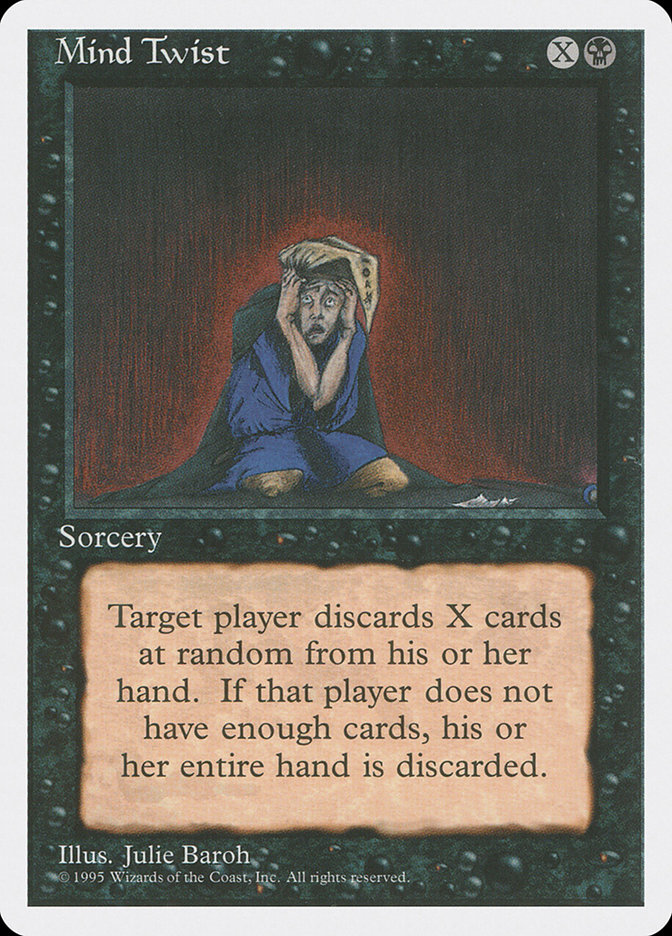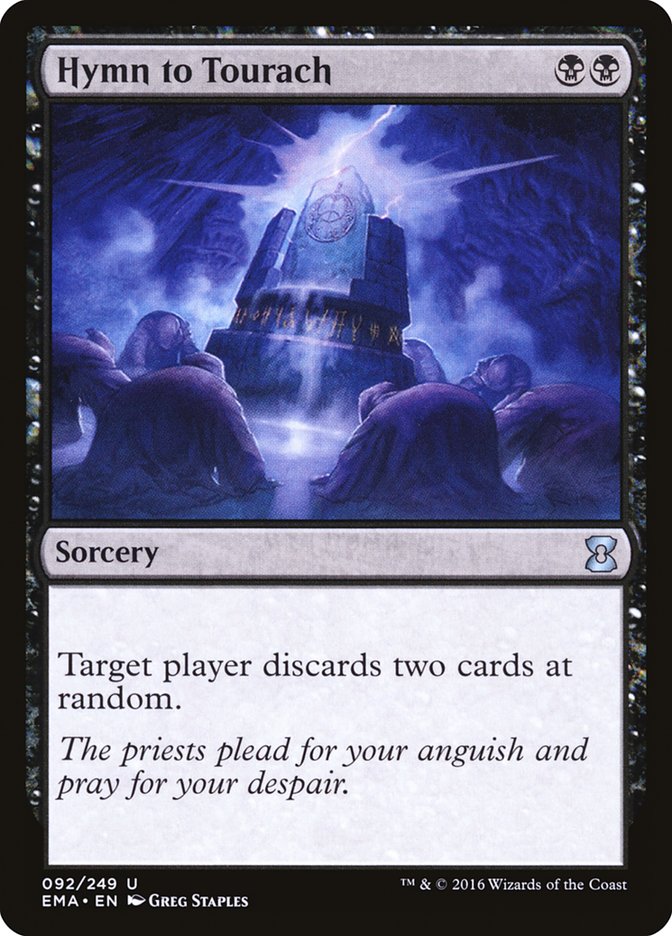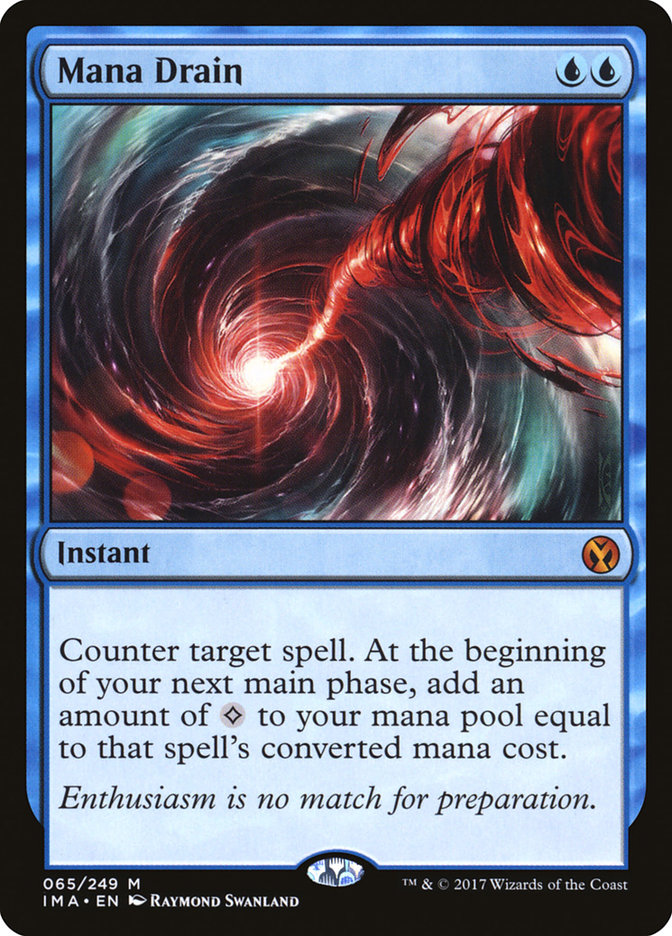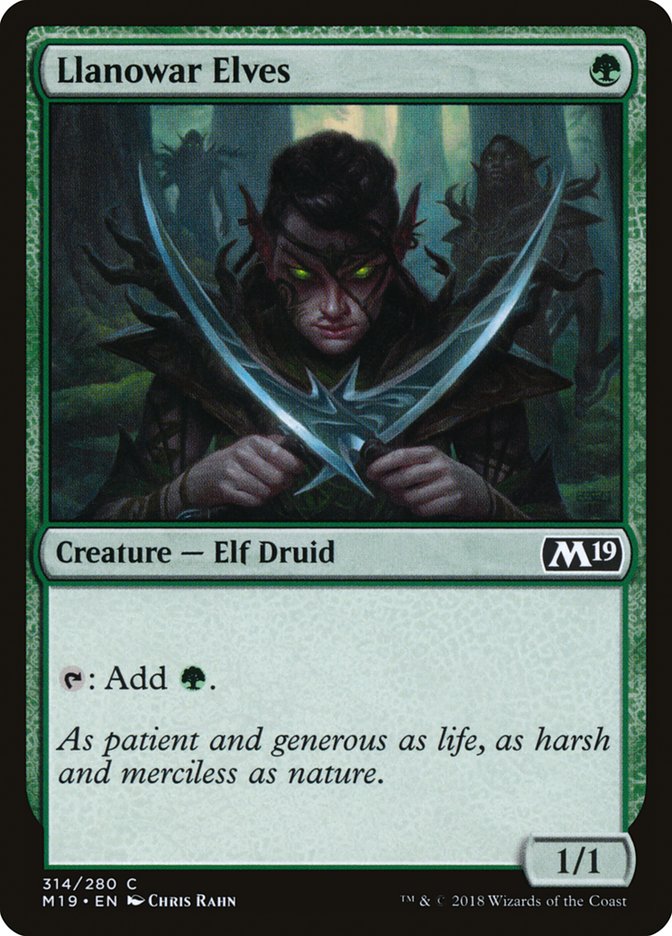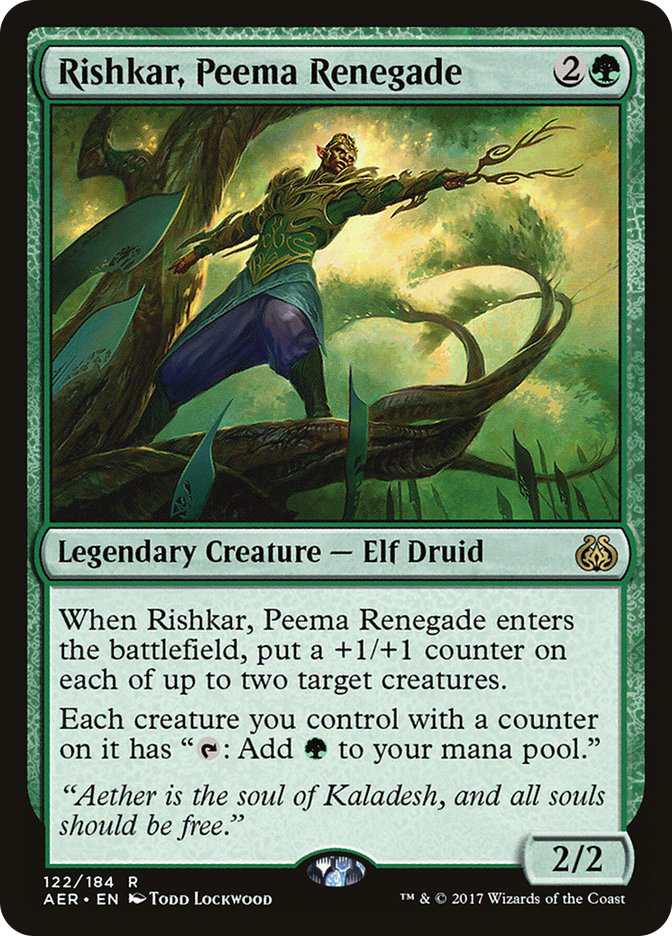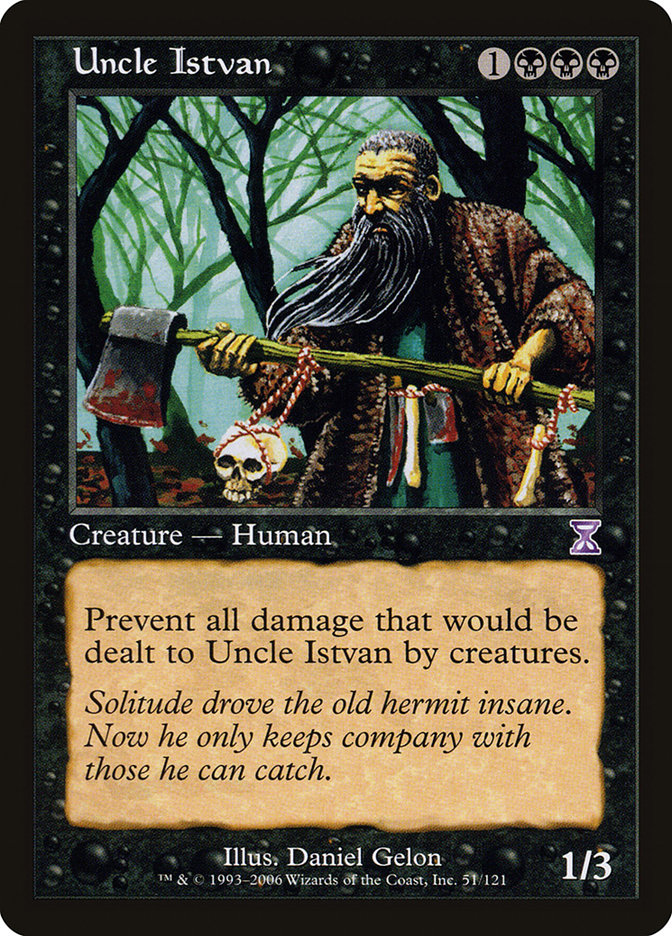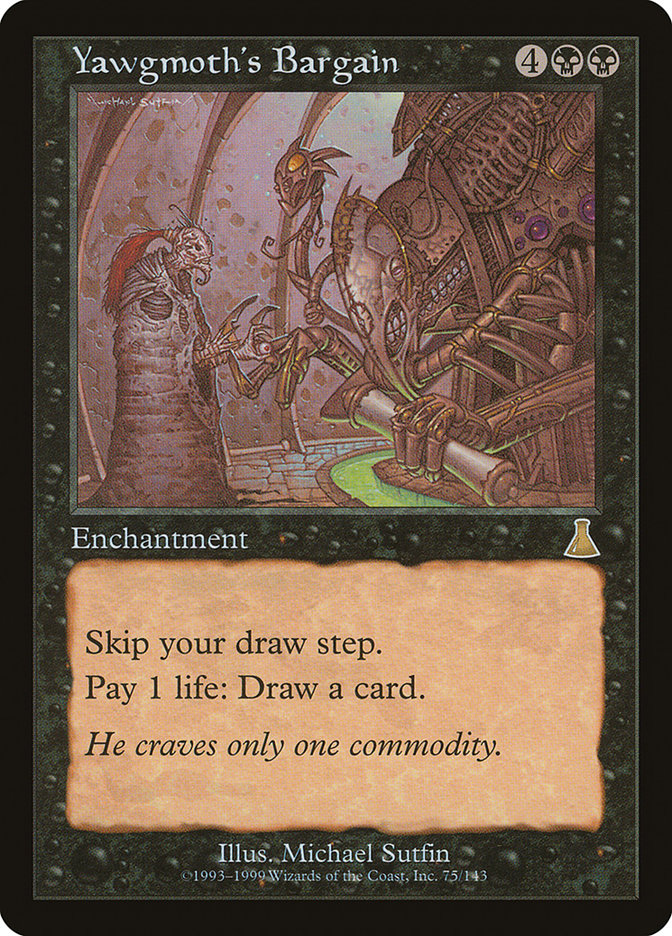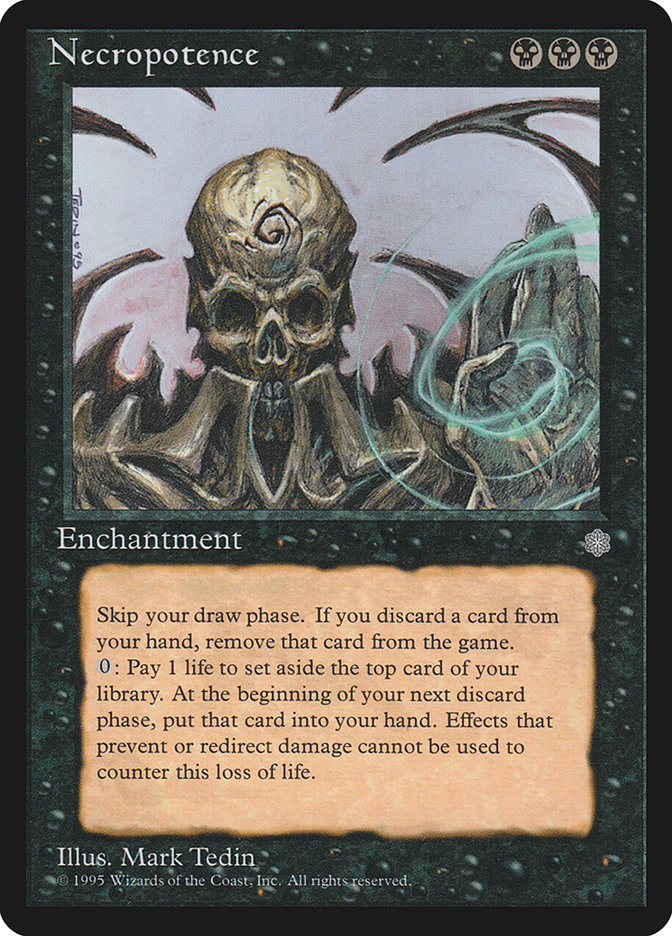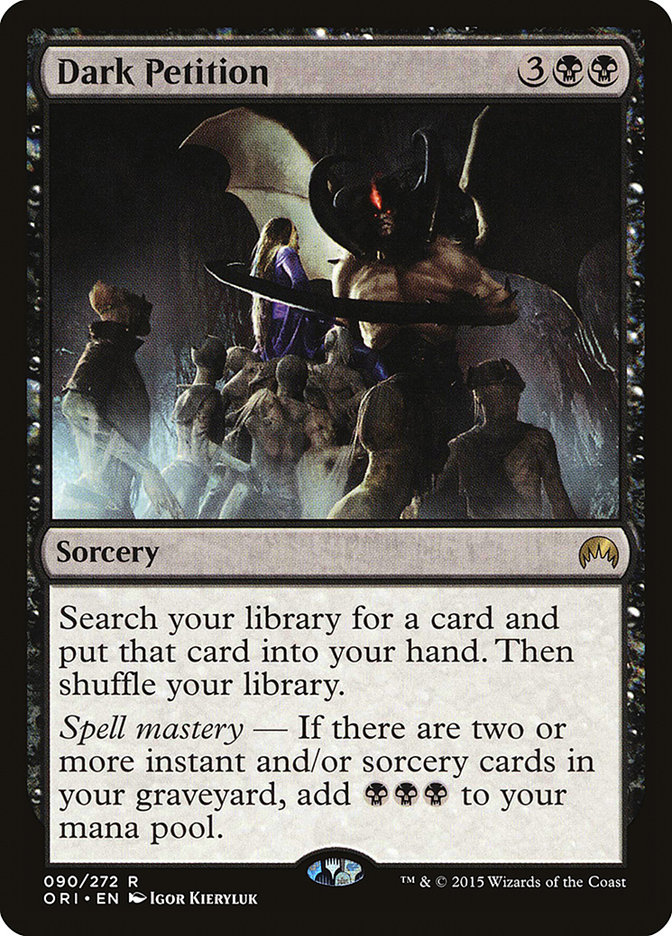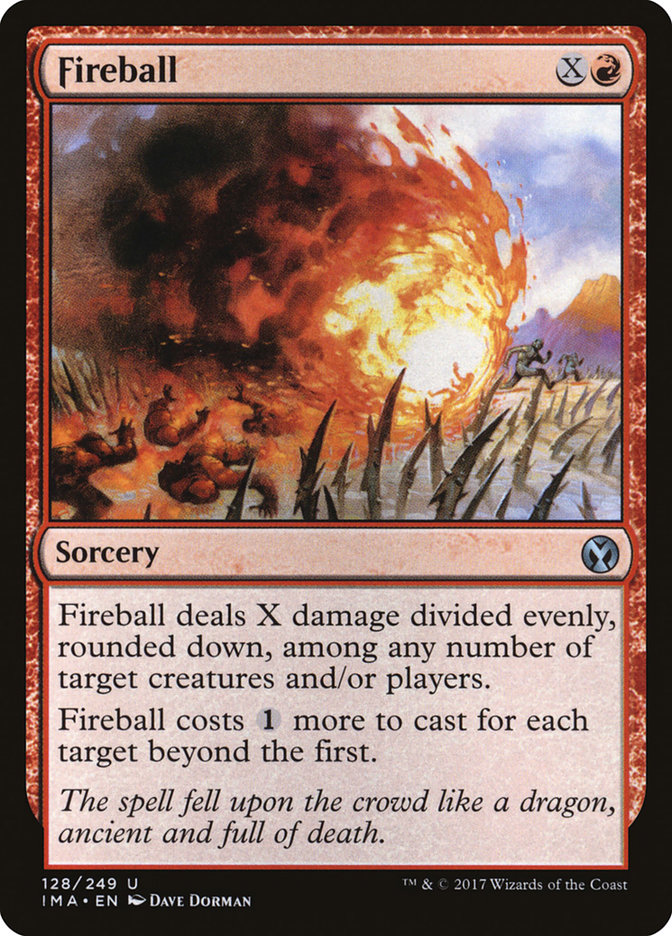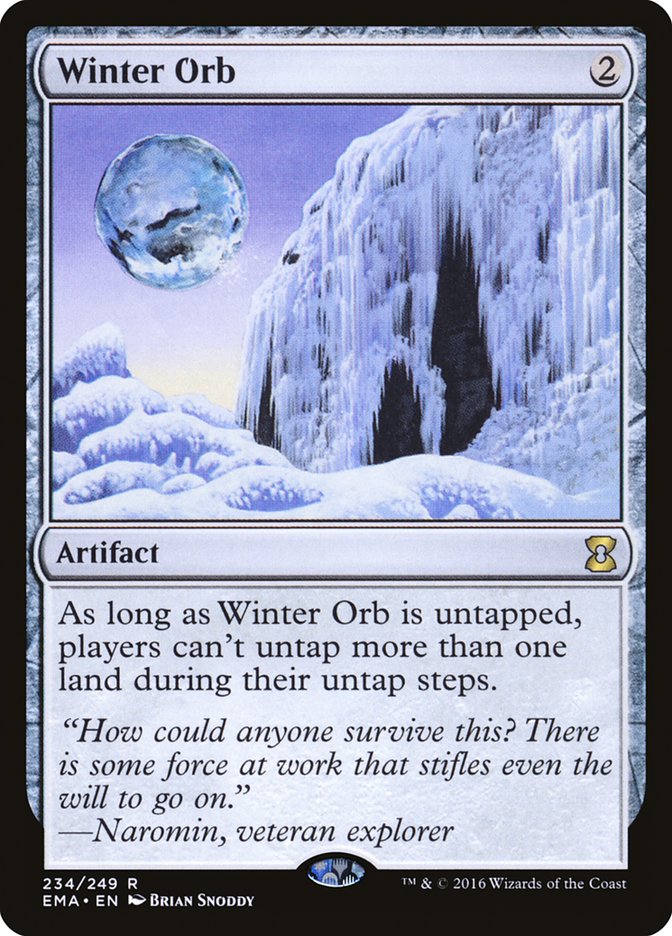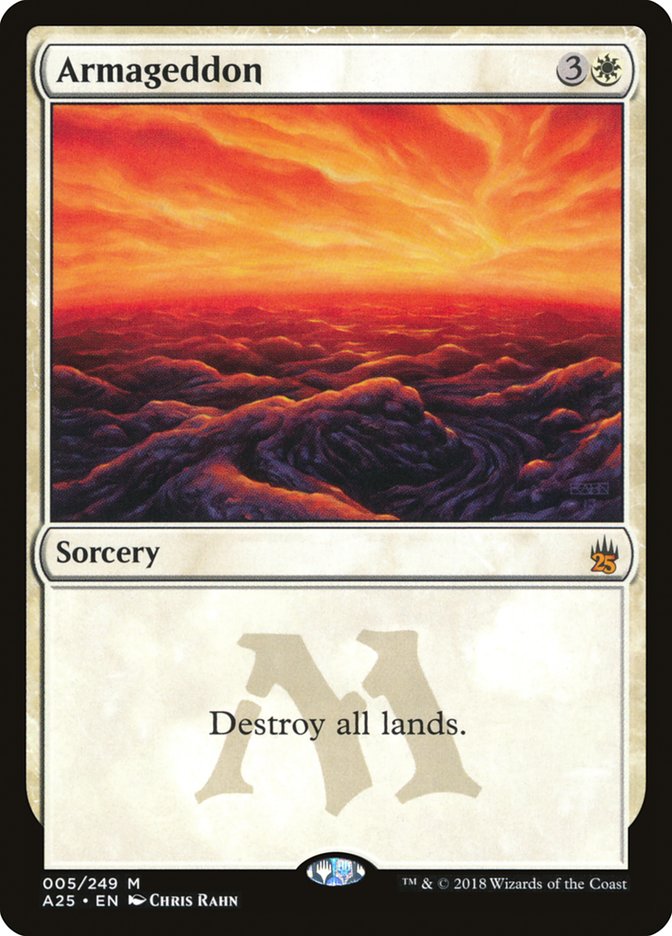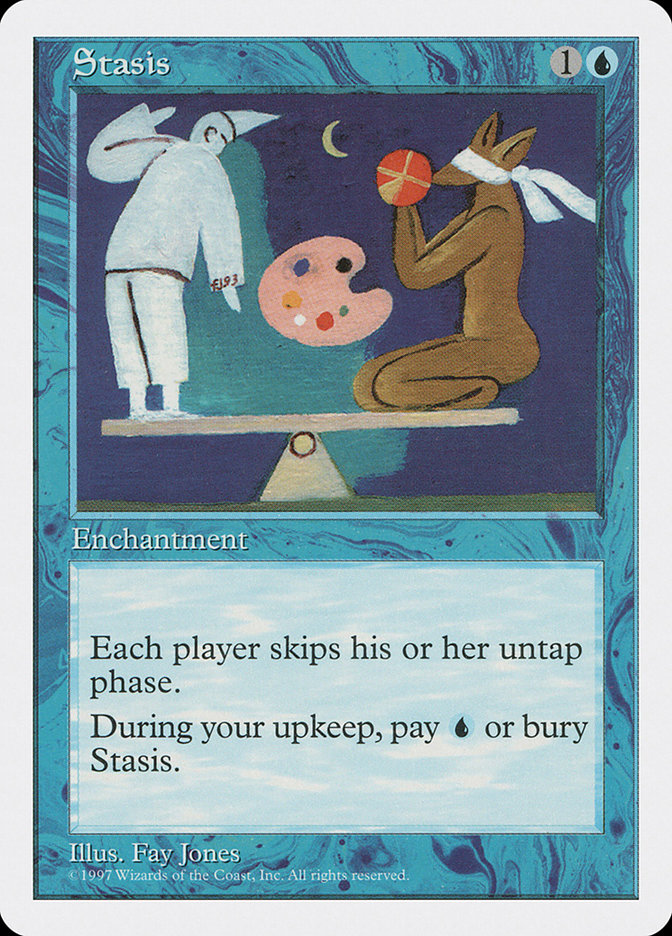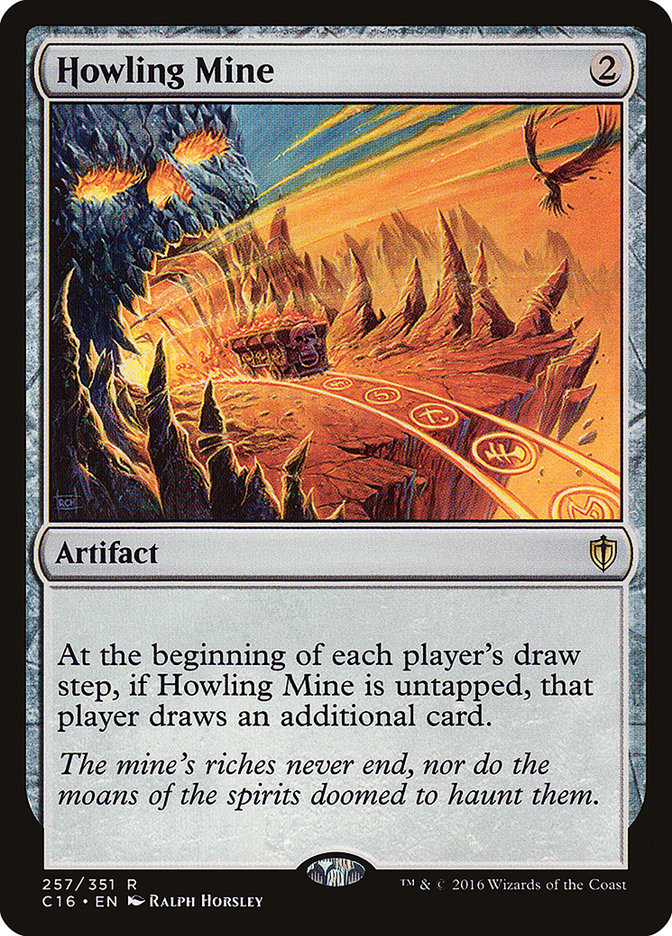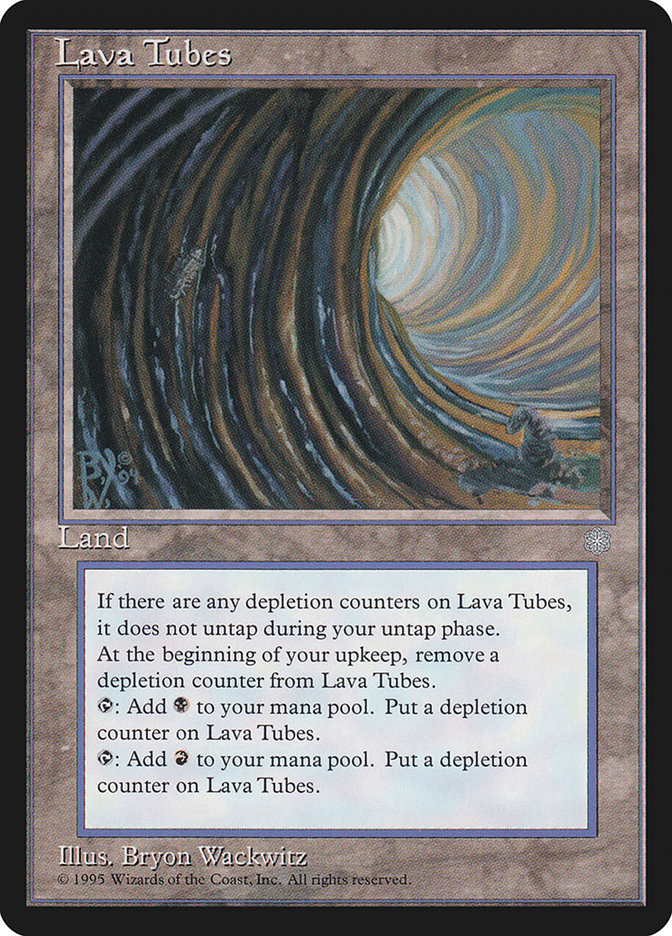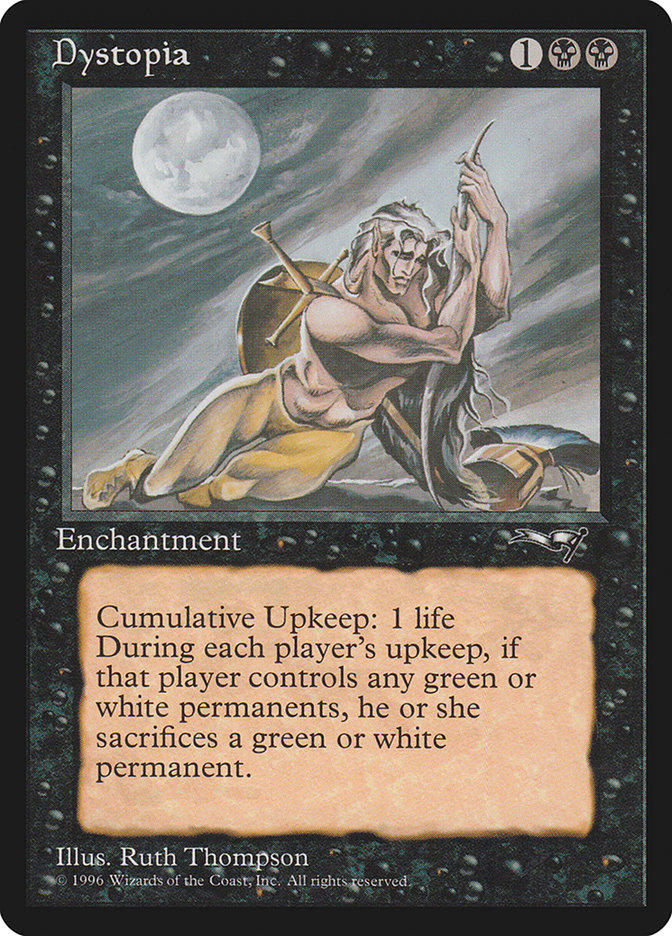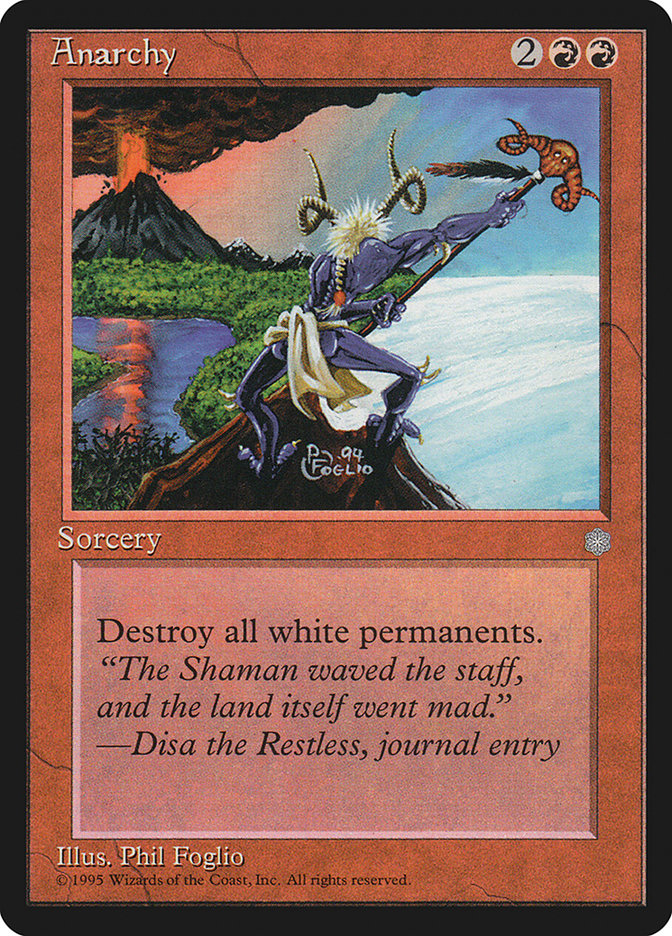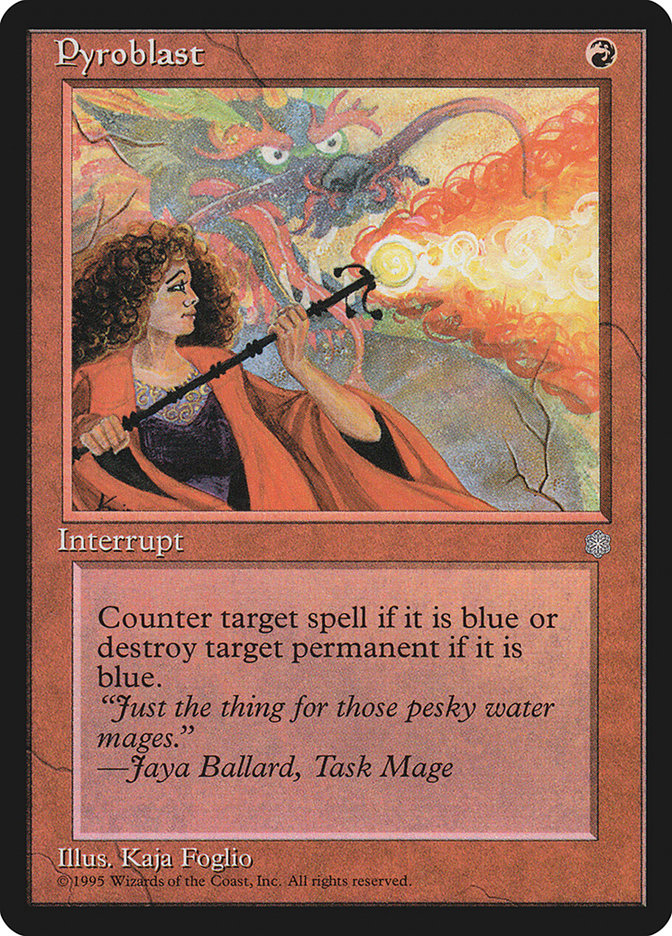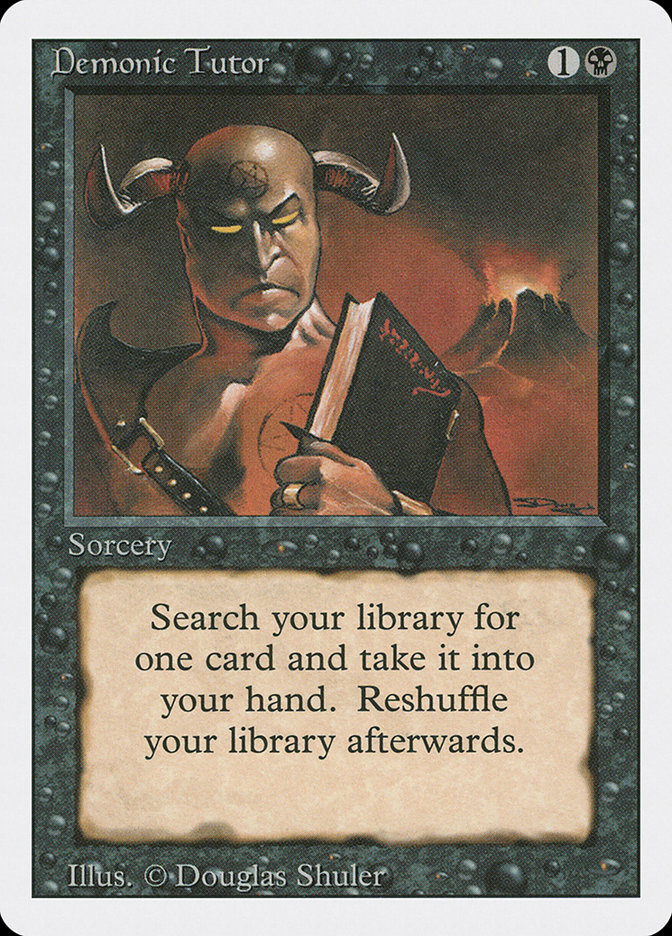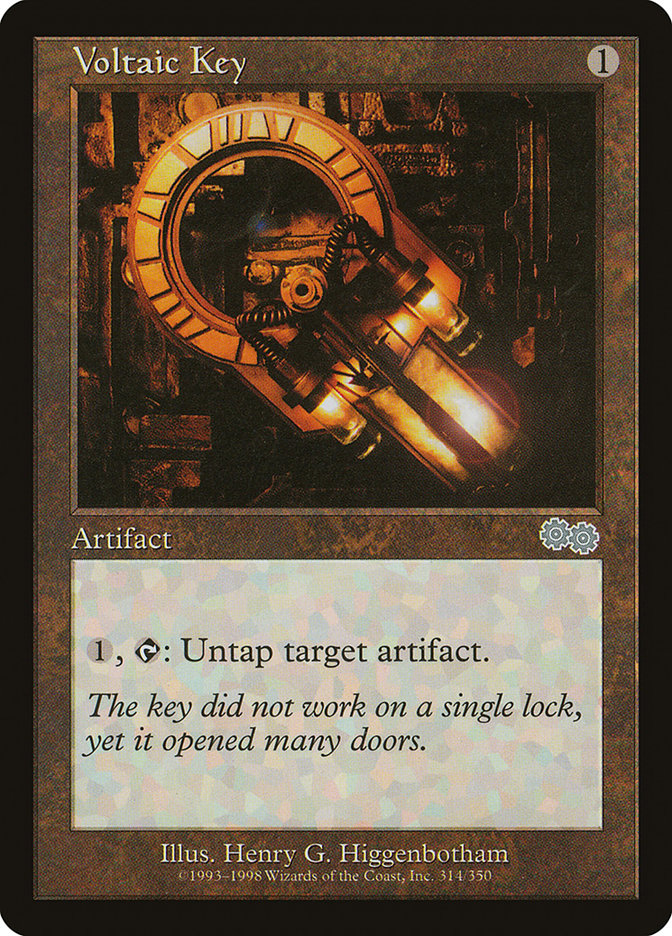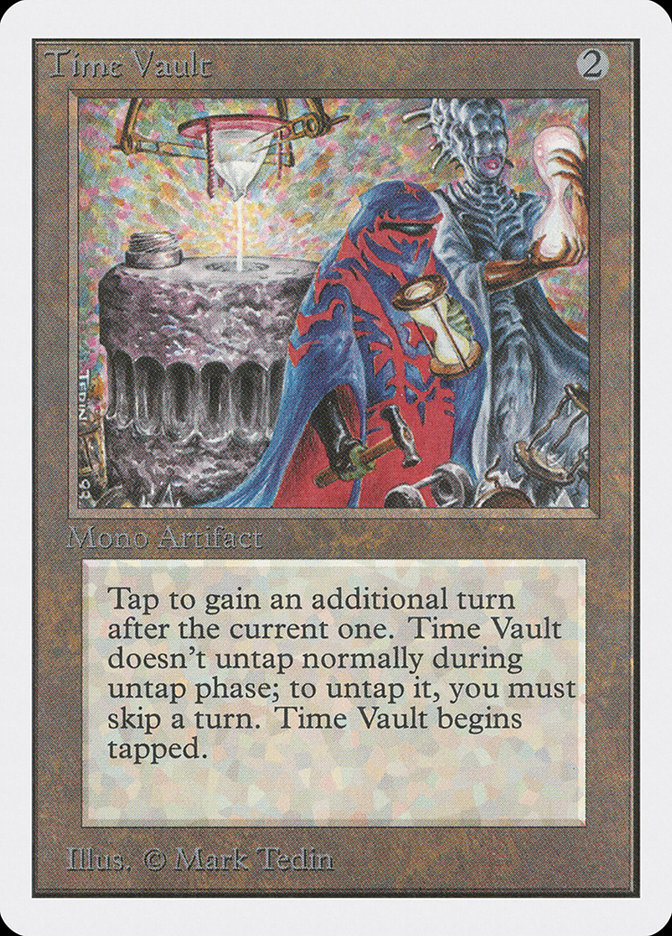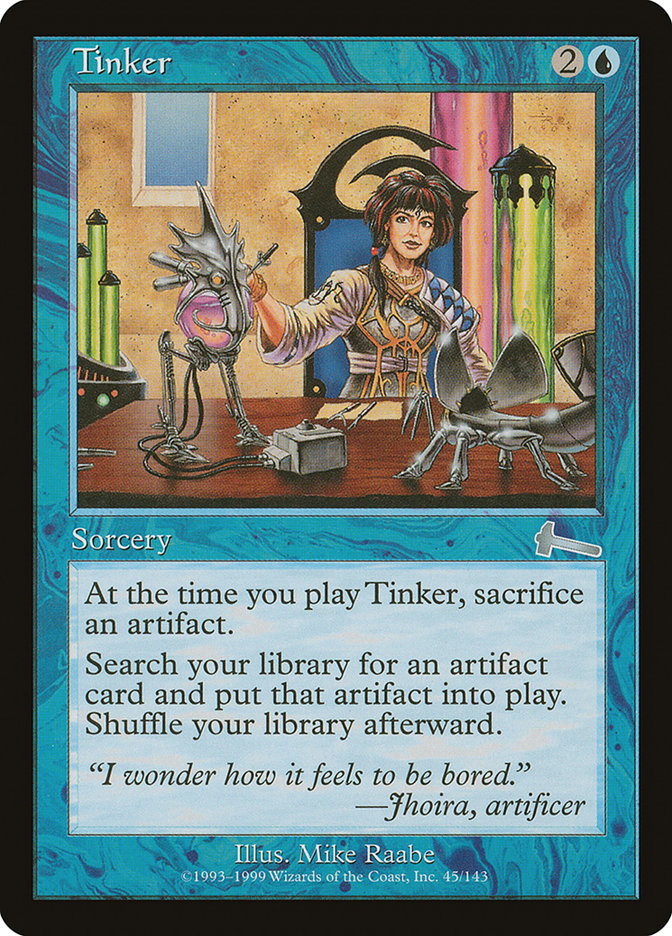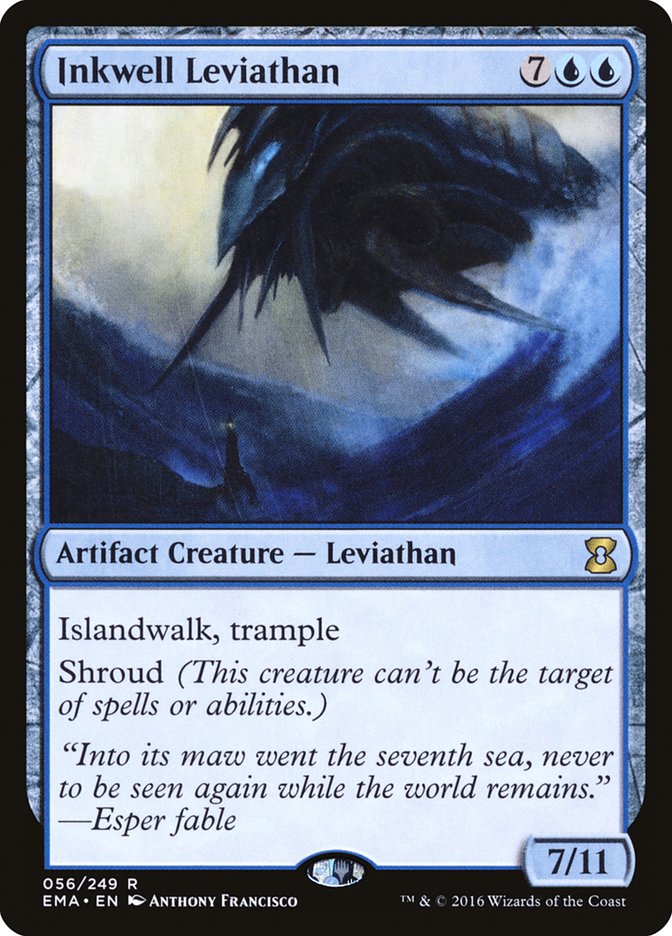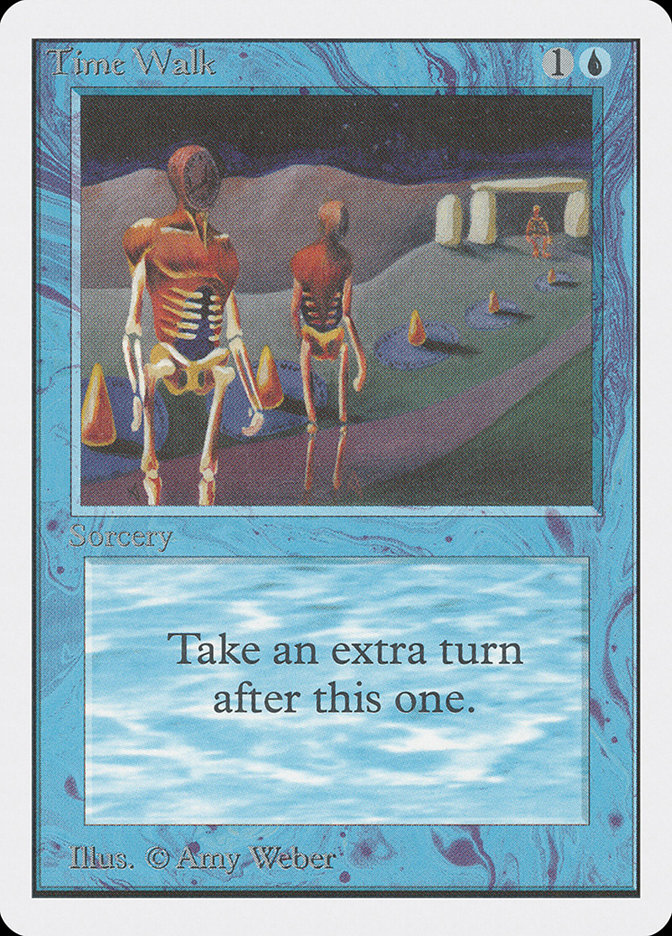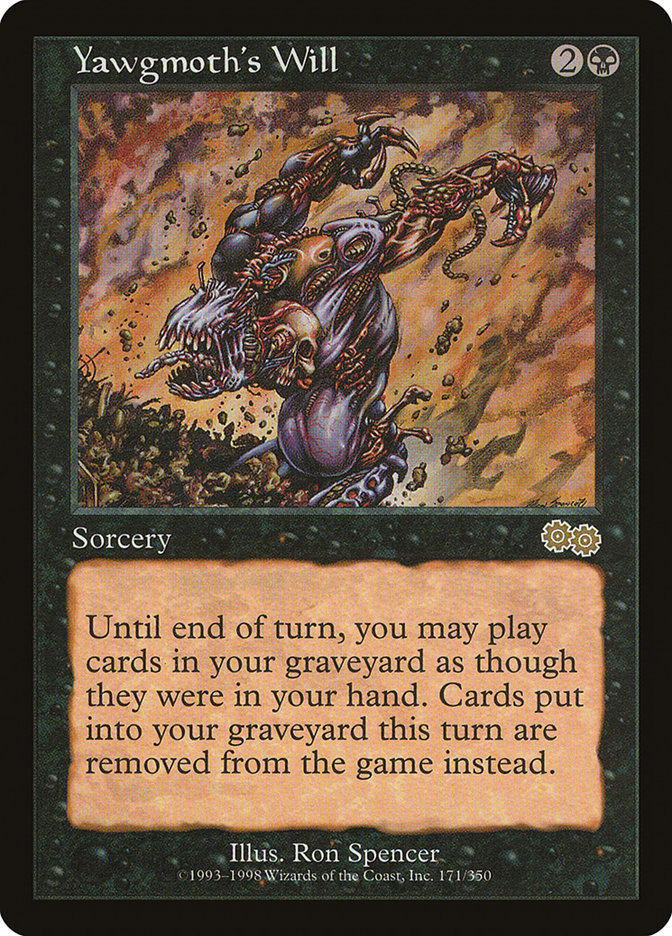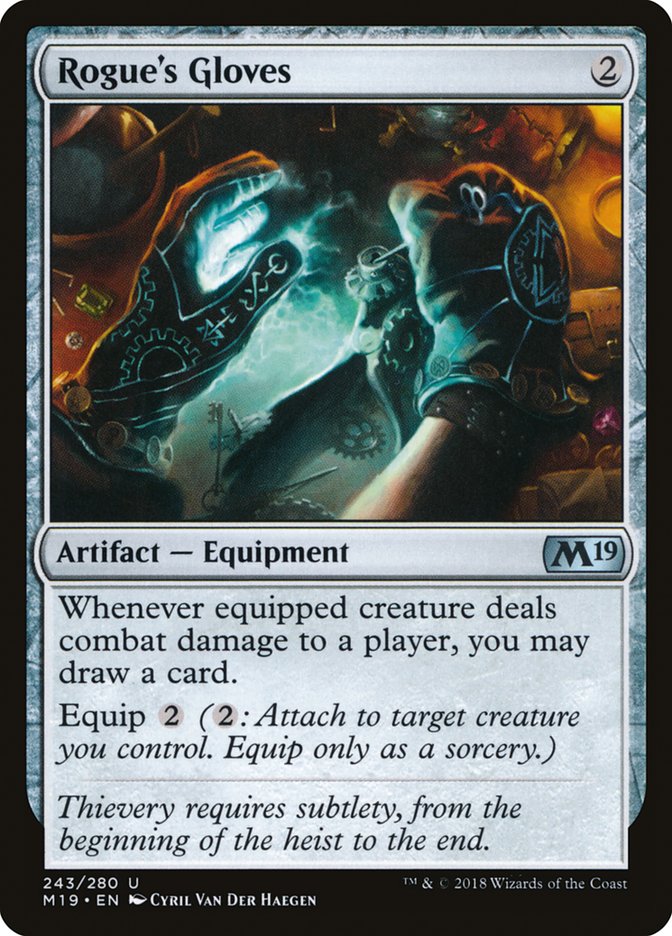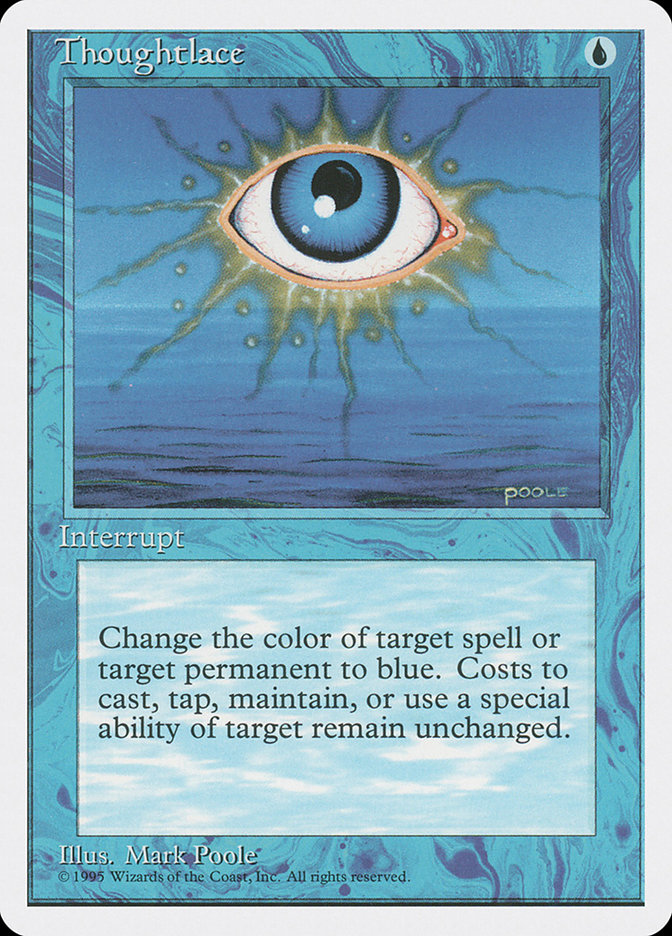The top of black’s range is seriously so ridiculous. How many of these
cards would make other colors top five lists, easily?

Could black’s top five actually have more cards that were at one time
considered the best card in Magic than even blue?
#5: Mind Twist
Okay, so here’s one for starters.
While its trendy these days for young people to say crazy things like,
“Hymn to Tourach is better than Mind Twist,” this just reveals their
youthful innocence.
Mind Twist has (rightly) been banned in every competitive format from
Legacy down for so long, an entire generation has grown up without ever
seriously competing in a format warped around its existence.
It was literally banned before the Pro Tour was even invented.
You know how many people tell me things like “Hymn to Tourach sees more
play in Legacy!”
Yeah? Does it? Does Legacy legal Hymn to Tourach see more play in
Legacy than Legacy banned list headliner Mind Twist?
Let’s set aside the argument of what would be better in Legacy (spoiler:
Mind Twist), despite the fact that Dark Ritual, Ancient Tomb, and City of
Traitors are all legal.
Let’s start with Vintage. Yes, Mind Twist is legal as a four-of these days.
There are so many zero-mana counterspells, one-mana discard
spells, and cheap draw-sevens that Mind Twist doesn’t really line up as
well in the format as it used to.
Do you think Hymn to Tourach is good in Vintage these days?
Now, which card has been better in Vintage (Type 1) historically? Again,
the answer is Mind Twist, and it’s not close. Mind Twist was so dominant in
’94 and ’95 that in early 1996 it was actually straight up banned
from all formats due to power level. Remember, Hymn to Tourach was
legal at this time, and while it was eventually restricted and then later
banned in Standard, it was never the force in powered formats that Mind
Twist was.
Here’s an example of the kind of deck that got Mind Twist banned:
Creatures (2)
Lands (21)
Spells (37)
- 4 Mana Drain
- 2 Counterspell
- 4 Swords to Plowshares
- 1 Sol Ring
- 1 Regrowth
- 1 Mind Twist
- 1 Demonic Tutor
- 1 Braingeyser
- 1 Time Walk
- 1 Ancestral Recall
- 2 Red Elemental Blast
- 1 Jayemdae Tome
- 2 Disrupting Scepter
- 4 Disenchant
- 1 Recall
- 2 Moat
- 1 Mirror Universe
- 1 Timetwister
- 1 Black Lotus
- 1 Mox Emerald
- 1 Mox Jet
- 1 Mox Pearl
- 1 Mox Ruby
- 1 Mox Sapphire

That’s right, one of the most famous, most influential decks of all-time,
The Deck, was a Mind Twist deck until Mind Twist was banned.
Now that is a good combo with Mind Twist.
The Deck introduced the world to the concept of card advantage, and guess
what? Mind Twisting someone is a major source of card advantage.
What about Standard?
Not surprisingly, Mind Twist was a much stronger Standard card than Hymn to
Tourach back in the day. And if we were to imagine today’s format?
Well, let’s just say that Mind Twist would likely be the more popular
choice, assuming you could only pick one.
What about Modern?
You think these Jund players are gonna pick Hymn to Tourach over Mind
Twist?
Get off my yard.
#4: Yawgmoth’s Bargain
Yawgmoth’s Bargain is a great example of the peril of good intentions.
Necropotence was seen as a great “defining feature of black,” but
unfortunately proved to be “too strong” and carried with it “too much rules
baggage.” Yawgmoth’s Bargain was Mark Rosewater’s attempt to make a new
Necropotence that addressed both of these issues. After all, it costs twice
as much, and you can’t get much cleaner of a textbox than that.
Unfortunately, this was during Urza’s Saga block, the block that
made Wizards of the Coast realize that they needed to hire a balance team.
Upon first laying eyes on Yawgmoth’s Bargain, eventual Hall of Famer Zvi
Mowshowitz boldly declared that he would break the card before the year was
out. This claim was particularly bold, as Wizards of the Coast had already
banned like a dozen cards, with the intention of completely killing “combo
winter.”
It didn’t take him long.
Lands (20)
Spells (40)

There was a real shortage of playable lifegain, and the format was
extremely fast. Nevertheless, Zvi managed to build a fast combo deck that
turned the format on its head.
Yawgmoth’s Bargain was eventually relegated to the role of “Vintage one-of
that wins the game for Dark Ritual decks.”
Lands (13)
Spells (47)
- 1 Tendrils of Agony
- 1 Brainstorm
- 2 Cabal Ritual
- 1 Yawgmoth's Bargain
- 1 Vampiric Tutor
- 1 Yawgmoth's Will
- 4 Duress
- 1 Necropotence
- 1 Mana Vault
- 1 Wheel of Fortune
- 1 Sol Ring
- 1 Demonic Tutor
- 2 Hurkyl's Recall
- 1 Time Walk
- 4 Dark Ritual
- 1 Ancestral Recall
- 1 Mana Crypt
- 1 Timetwister
- 3 Cabal Therapy
- 1 Mind's Desire
- 1 Black Lotus
- 1 Lotus Petal
- 1 Lion's Eye Diamond
- 1 Mox Emerald
- 1 Mox Jet
- 1 Mox Pearl
- 1 Mox Ruby
- 1 Mox Sapphire
- 1 Ponder
- 4 Gitaxian Probe
- 4 Dark Petition
Sideboard

Dark Petition, in particular, is a great way to find cards like Yawgmoth’s
Bargain and…
#3: Necropotence
Necropotence is like three-quarters of a Yawgmoth’s Bargain at half the
price. This card is so ridiculously good, it dominated the game for years
and actually changed the entire design philosophy the game is built around.
”
Keep banning cards until Necropotence is good, then ban Necropotence.”
-David Price
From the moment Black Vise was restricted, Necro took over Standard.
Earlier this week, we discussed a variety of Necropotence decks from the
first Pro Tours. How about 1996 US National Champion Dennis Bentley’s B/r
Necro deck than cemented the term “Necro Summer”?
Creatures (12)
Lands (24)
Spells (24)

Four Lightning Bolts and a Fireball?
When all you need to do is beat creatures with protection from white, the
incentives can really change.
Keep in mind, every non-Necro deck at the top was built with the near
exclusive purpose of defeating Necro decks. And still, The Skull prevailed.
By the time of Pro Tour Dallas, Necropotence had spawned several new sub
variations. First, the champion, playing Mono-Black Necro “Control”:
Creatures (7)
Lands (23)
Spells (30)
- 4 Nevinyrral's Disk
- 1 Hymn to Tourach
- 4 Necropotence
- 1 Ivory Tower
- 4 Dark Ritual
- 4 Drain Life
- 3 Stupor
- 2 Mind Warp
- 3 Contagion
- 1 Serrated Arrows
- 2 Demonic Consultation
- 1 Zuran Orb
Sideboard

Then, in third place, representing the aggro decks of the format, Brian
Hacker’s Bad Moon Necro:
Creatures (19)
Lands (21)
Spells (20)

And then finally carrying on the fine tradition of B/r Necro-decks, Chris
Pikula, who actually increased the red presence in the deck with
Incinerates and multiple maindeck Shatters (Winter Orb, Howling Mine,
Serrated Arrows, even Black Vise, Ivory Tower, and Zuran Orb were worthy
targets).
Creatures (14)
Lands (22)
Spells (23)
- 1 Fireball
- 4 Lightning Bolt
- 1 Hymn to Tourach
- 3 Necropotence
- 4 Dark Ritual
- 3 Drain Life
- 1 Black Vise
- 2 Shatter
- 3 Incinerate
- 1 Zuran Orb
Sideboard

Look, the mana wasn’t great in those days.
Now, the color-hosers, on the other hand…?
By the time Necropotence had transitioned into Extended (the precursor to
Modern), the format had become overrun with fast combo decks. At first,
Necropotence was the hero. First, in the hands of Randy Buehler at Pro Tour
Chicago, and then when piloted by Andre’ Konstanczer, Necro-ing up Knight
of Stromgald, Sedge Troll, and Sengir Vampire, while other folks in the top
8 were untapping their Tolarian Academy with Time Spiral.
Creatures (7)
Lands (23)
Spells (30)
- 4 Hymn to Tourach
- 2 Yawgmoth's Will
- 4 Duress
- 2 Firestorm
- 4 Necropotence
- 4 Dark Ritual
- 4 Drain Life
- 3 Contagion
- 3 Demonic Consultation
Sideboard

I’ve always enjoyed the “2 Yawgmoth’s Will” experience, the true embodiment
of discipline. It’s like receiving four drink tickets for an event and only
using two. You could have had four, but you chose to have two.
Creatures (22)
- 2 Llanowar Elves
- 2 Birds of Paradise
- 1 Eternal Witness
- 1 Magus of the Moon
- 4 Bloodbraid Elf
- 4 Arbor Elf
- 1 Inferno Titan
- 2 Elvish Mystic
- 2 Stormbreath Dragon
- 1 Pia and Kiran Nalaar
- 2 Tireless Tracker
Planeswalkers (2)
Lands (21)
Spells (15)

You either die a hero or live long enough to see yourself become the
villain.
#2: Demonic Tutor
Yeah, it turns out, finding whatever card you want for just two mana is a
little too much.
Rather than list every single Vintage deck ever, here’s an example of the
kind of stuff Demonic Tutor and the rest of the busted tutors do (of which,
Demonic is clearly the best).
Creatures (8)
Planeswalkers (3)
Lands (16)
Spells (33)
- 1 Sensei's Divining Top
- 1 Brainstorm
- 2 Mana Drain
- 1 Vampiric Tutor
- 1 Yawgmoth's Will
- 4 Force of Will
- 1 Sol Ring
- 1 Demonic Tutor
- 1 Time Walk
- 1 Ancestral Recall
- 1 Mana Crypt
- 1 Time Vault
- 1 Merchant Scroll
- 1 Tinker
- 1 Voltaic Key
- 1 Black Lotus
- 1 Mox Emerald
- 1 Mox Jet
- 1 Mox Pearl
- 1 Mox Ruby
- 1 Mox Sapphire
- 3 Thoughtseize
- 4 Spell Pierce
- 1 Nature's Claim

While The Deck had to play a playset of Swords to Plowshares and a playset
of Disenchants, saving Demonic Tutor for restricted cards, eventually,
things got so powerful that you could just play decks with a single
creature kill spell and a single Disenchant effect.
Eventually, Urza’s Saga Block added so many broken cards games
became decided almost entirely on two-card interactions that would nearly
win the game on their own.
When Voltaic Key and Time Vault combine for unlimited extra turns,
hyper-efficient library manipulation like Demonic Tutor is out of this
world.
Tinker doesn’t even need a second card to be absurd, although frequently it
was combined with Time Walk to great effect since all you need to do is
untap.
Of course, there was one card even higher, one card that didn’t even need
you to untap, a card so strong, that basically just casting it amounted to
a win for many years.
#1: Yawgmoth’s Will
Yawgmoth’s Will can be easy for non-Vintage players to underestimate since
so many lists seem to feature just two Yawgmoth’s Wills, even when people
could have played four. The key is that the only formats where Yawgmoth’s
Will has been legal as a four-of have tended to include an absurd level of
ultra overpowered cheap tutors. You only need one Yawgmoth’s Will to win
the game, so it’s not like you really want to draw two.
Sure, there were some value decks, such as the PT Rome era Necro deck
above, but that one just played two, as well. Finkel’s US Nationals winning
Napster deck played a full four (detailed
here
), but that was the first time you had to play with just Vampiric Tutor for
selection (without even the luxury of Demonic Consultation or Demonic Tutor
or whatever).
For a great example of what Yawgmoth’s Will really does, let me
refer you to one of the most broken decks in the history of Magic. This
Team CMU creation was so demonstrably broken, it literally lead to the
first “emergency ban” in Magic history.
Lands (16)
Spells (44)
- 4 Brainstorm
- 4 Vampiric Tutor
- 1 Mystical Tutor
- 2 Yawgmoth's Will
- 4 Mana Vault
- 4 Dark Ritual
- 1 Megrim
- 4 Memory Jar
- 4 Defense Grid
- 4 Tinker
- 4 Mox Diamond
- 4 Lotus Petal
- 4 Lion's Eye Diamond
Sideboard

Like all of the most broken decks in Magic history, it featured two
Yawgmoth’s Wills, because there was plenty of time to find one… you know, later in your first turn.
It’s been an extremely fun month, but now it’s time to take the gloves off.
If you thought the 25 best black cards of all-time put green, red, and
white to shame, just wait until next week…


